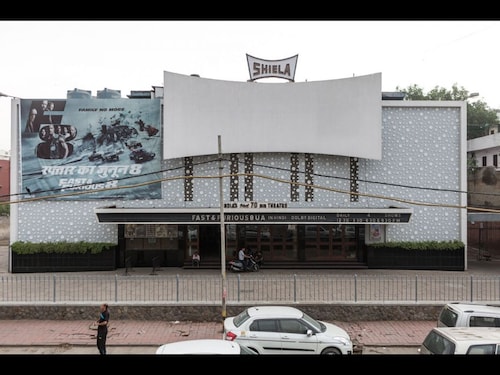Delhi's modern architectural heritage
Hall of Nations was among the 62 buildings constructed after Independence in Delhi, which INTACH had listed as Modern Architectural Heritage of India. It was demolished amid controversy and protests l
May 07, 2017, 03:58 IST2 min

Image by Forbes
2/8
Image by Forbes
3/8
Image by Forbes
4/8
Image by Forbes
5/8
Image by Forbes
6/8
Image by Forbes
7/8
Image by Forbes
8/8
Image by Forbes
Photogallery
- Home /
- Photogallery /
- Slideshow /
- Delhis-modern-architectural-heritage
Advertisement
Advertisement